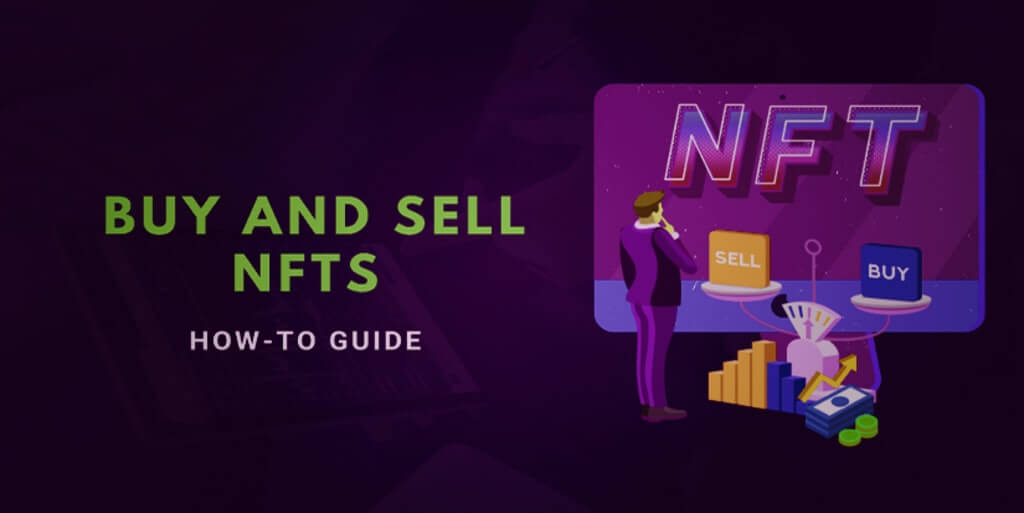
The Basics of Buying and Selling NFTs
By admin
When selling or buying any product, it is only normal to look for the proper marketplace, and it is the same when dealing with NFT art and collectibles. NFTs have become popular last year, with many famous celebrities auctioning off art, music, GIFs and videos they made themselves or collaborated on with various digital artists.
NFT stands for non-fungible tokens, which are digital representations of real-world objects, such as art, music, videos, and even properties. In essence, they act as certificates of ownership to these assets. NFTs can be traded and sold, but they cannot be divided, exchanged or used as currency like Bitcoin, which is considered a fungible token.
NFT art is currently the most popular form of NFT products being sold. It includes paintings, photos, music file and other artwork in digital form. The Merge is an example of NFT art by artist Pak, which sold for $91.8 million. NFT collectibles, on the other hand, can be video clips, digital trading cards, meme, GIFs, concert tickets and the like. They are usually special and are limited in number, which is why collectors seek to collect and, at times, trade them.
Some of the better-known marketplaces for NFT right now are Rarible, KnownOrigin, SuperRare, Axie Marketplace and Opensea. There’s also the up-and-coming platform FabriikX, the launch of which Fabriik Markets users are anticipating.
Sellers and creators of NFTs must look into the specialties, advantages and disadvantages in using each of these platforms or marketplaces. Axie, for example, is a site more focused on gaming, and the buying and selling of game characters.
One must also remember that these platforms may appear to be similar, but they are not the same and do not offer the same deals. Platforms may charge varying percentages for minting and transaction fees or take a small amount from every sale. Minting fees are paid to create and record an NFT on the blockchain.
Usually, people buy or sell NFT directly on these websites or platforms. Sometimes, NFTs are sold through auction, where the interested parties place their bids—both online and in the real world. The world-famous Sotheby’s is an example of an old auction house that has actively delved in the NFT art business, partnering with digital artists and art enthusiasts. In 2021 alone, the house’s NFT sales reached over $100 million.
An NFT may not be divided, but may be sold in units or mass. The aforementioned “The Merge” is an example of this. 28,983 collectors bought different units instead of the asset being bought as a whole by one individual.
Assets may be bought using credit card, but a non-custodial digital wallet is usually more convenient for these kinds of transactions, as digital currencies are more often used for pricing. NFTs are also governed by smart contract rules, and they provide irrefutable proof of transfer of ownership when sold. A smart contract cannot be modified or reversed.
Selling or buying NFT art requires a lot of study, and one must take the time to understand the digital market and the processes involved. There are also scams that people to be wary of. As NFTs rise in popularity as valuable commodities, criminals also see them as another avenue to earn some quick cash.


